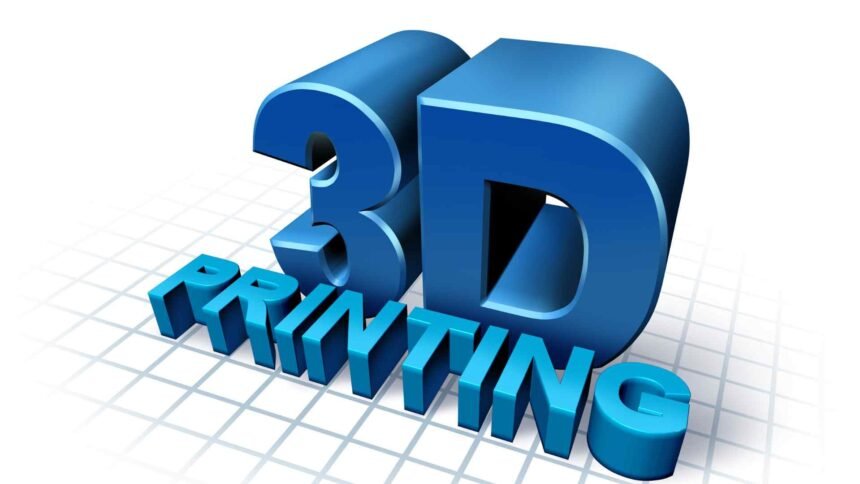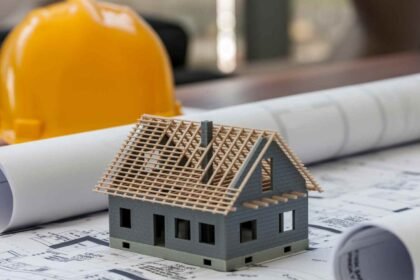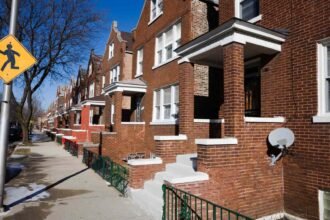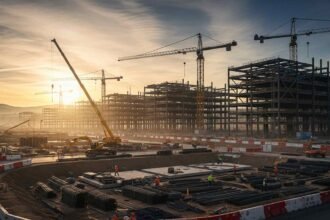World’s Largest 3D-Printed Home Communities
Houston developers break ground on Zuri Gardens, a pioneering community that promises to revolutionize affordable housing. This 80-home neighborhood in Southeast Houston uses cutting-edge 3D printing technology to create energy-efficient homes at a fraction of traditional costs. As the city grapples with rising housing prices, this project offers hope to families earning modest incomes. City officials and builders celebrate it as a model for future developments, blending innovation with practicality to make homeownership accessible again.
The excitement builds as the first home nears completion in October 2025, with the full community set to welcome residents by fall 2026. Imagine families moving into modern homes printed layer by layer, like something from a sci-fi movie, but this is real, happening right near Hobby Airport.
Project Details: Location, Size, and Partners
HiveASMBLD, a Houston-based 3D construction firm, teams up with Cole Klein Builders and the City of Houston to bring Zuri Gardens to life. The 13-acre site sits on Martindale Road, between Madden Lane and Carson Road, in a bustling area close to the airport. Developers plan 80 two-story homes, each averaging 1,360 square feet, making this one of the world’s largest 3D-printed communities.
Two home models dominate the lineup: the Zahari and the Azizi. Each boasts two bedrooms, two-and-a-half bathrooms, an office or flex space, and a covered patio. Prices start in the mid to high $200,000s, a steal in today’s market. To sweeten the deal, the City of Houston’s Affordable Home Development Program provides up to $125,000 in down payment assistance for qualifying buyers. This targets households earning up to 120% of the area’s median income—about $121,300 for a family of four in 2025.
Developers emphasize community features like trails and parks, fostering a safe, vibrant neighborhood. It’s not just houses; it’s a place where people can build lives.
The Technology: How 3D Printing Builds Homes
Giant 3D printers construct the homes’ walls layer by layer, using a proprietary low-carbon concrete blend. HiveASMBLD’s AI-driven software designs the structures, ensuring precision and efficiency. The process of hybrid innovation: printers handle the first floors, while traditional methods finish the second stories.
This method slashes construction time and costs. A typical home’s walls rise in days, not months, reducing labor needs and waste. The concrete mix boosts durability, making homes resistant to Houston’s harsh weather—think floods and hurricanes. Energy efficiency comes built in, with thick walls that keep cool air in and utility bills low.
Experts hail this as a game-changer. Traditional building often wastes materials and drags on, but 3D printing streamlines everything. HiveASMBLD’s leaders say their tech creates “sturdy, energy-efficient micro-homes” that stand the test of time.
Benefits: Affordability, Sustainability, and Speed
Zuri Gardens tackles Houston’s housing crisis head-on. With home prices soaring, many families struggle to buy. This project delivers quality homes at affordable rates, thanks to 3D printing’s cost savings. Buyers save on energy too, as these homes use less power for heating and cooling.
Sustainability shines here. Low-carbon concrete cuts emissions, aligning with global green goals. Developers reduce waste by printing exactly what’s needed, unlike stick-frame methods that generate tons of scraps. Residents enjoy resilient homes that withstand climate challenges, a big plus in storm-prone Texas.
The human element matters most. Families gain stability and pride in ownership. One potential buyer shared, “It’s like the future arrived to help us afford a dream.” The project promotes equity, opening doors for underrepresented communities.
Challenges and Future Outlook
No innovation comes without hurdles. Critics worry about long-term durability, though tests show these homes hold up well. Regulatory approvals took time, but Houston’s partnership smoothed the path.
Looking ahead, Zuri Gardens sets a blueprint for nationwide efforts. Similar projects pop up in places like Georgetown, Texas, where a 100-home 3D-printed neighborhood nears completion. Houston’s version focuses on affordability, potentially inspiring cities everywhere to adopt this tech.
As construction hums along, excitement grows. Developers aim to prove 3D printing isn’t a gimmick—it’s the future of housing. In a world needing more homes fast, Zuri Gardens shows how innovation meets real needs.
Houston leads the charge with Zuri Gardens, proving 3D printing can deliver large-scale, affordable communities. This project builds houses and builds hope. As families settle in, it reminds us that progress happens when bold ideas meet community needs. Watch this space—Houston’s innovation could reshape how we live.









